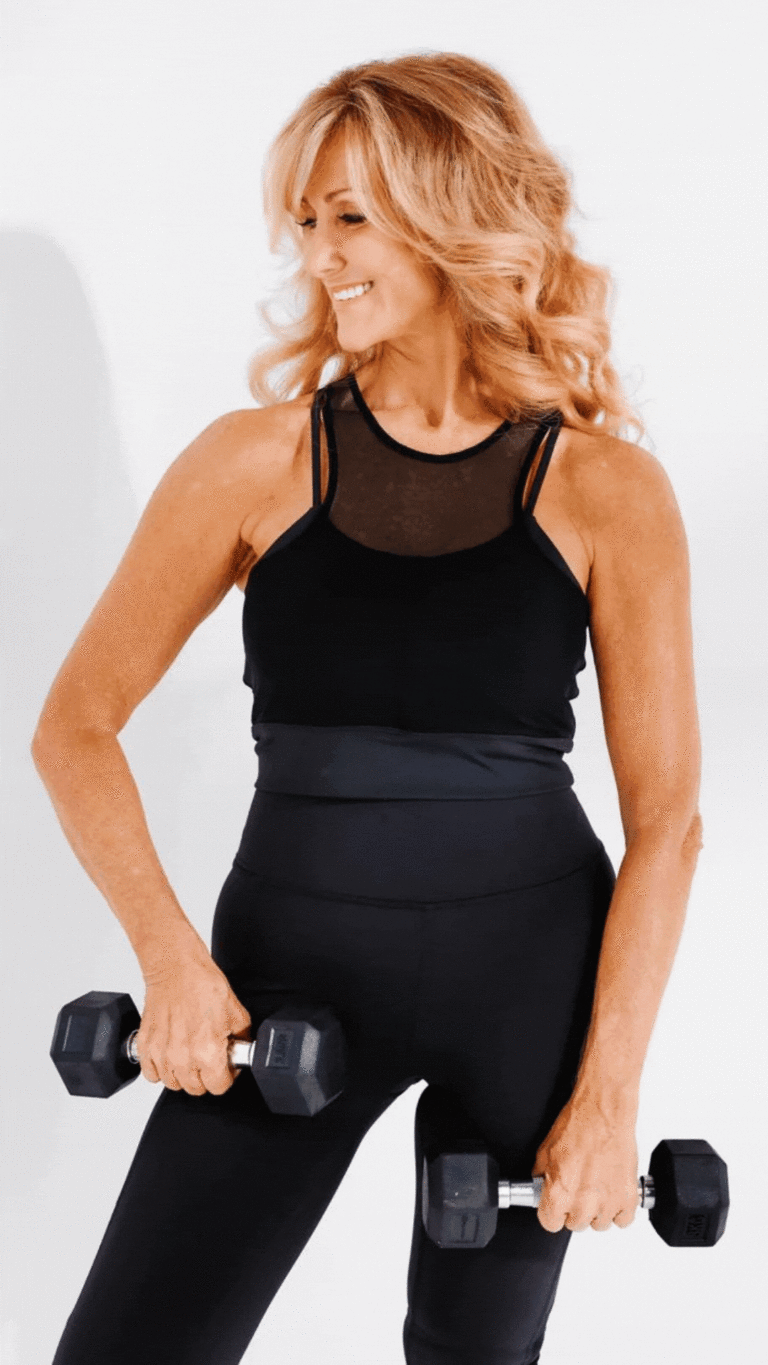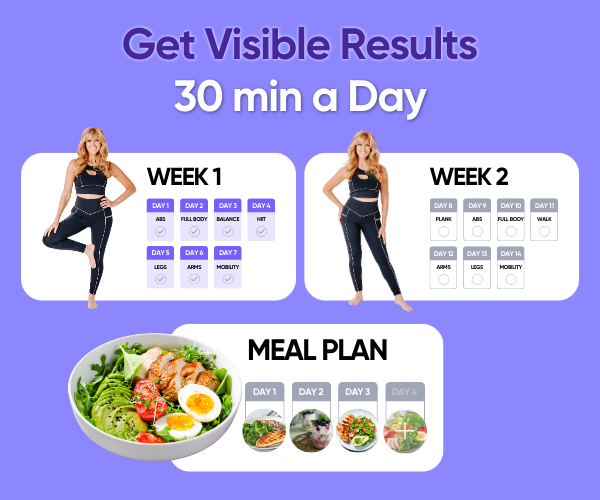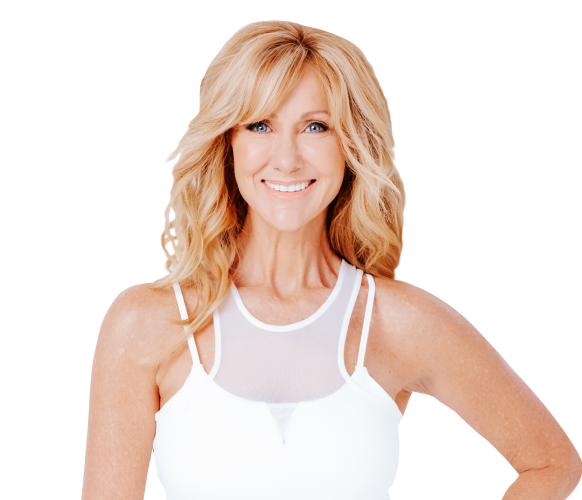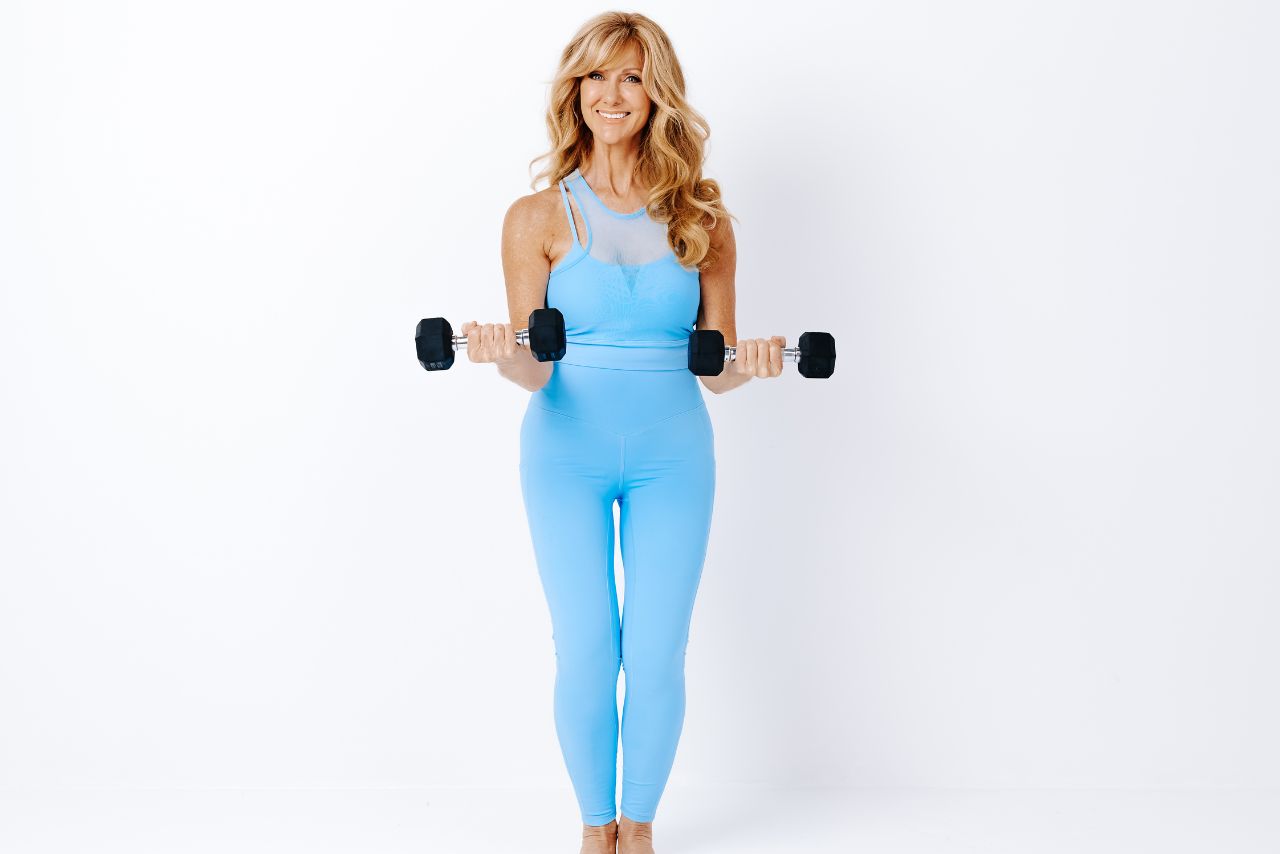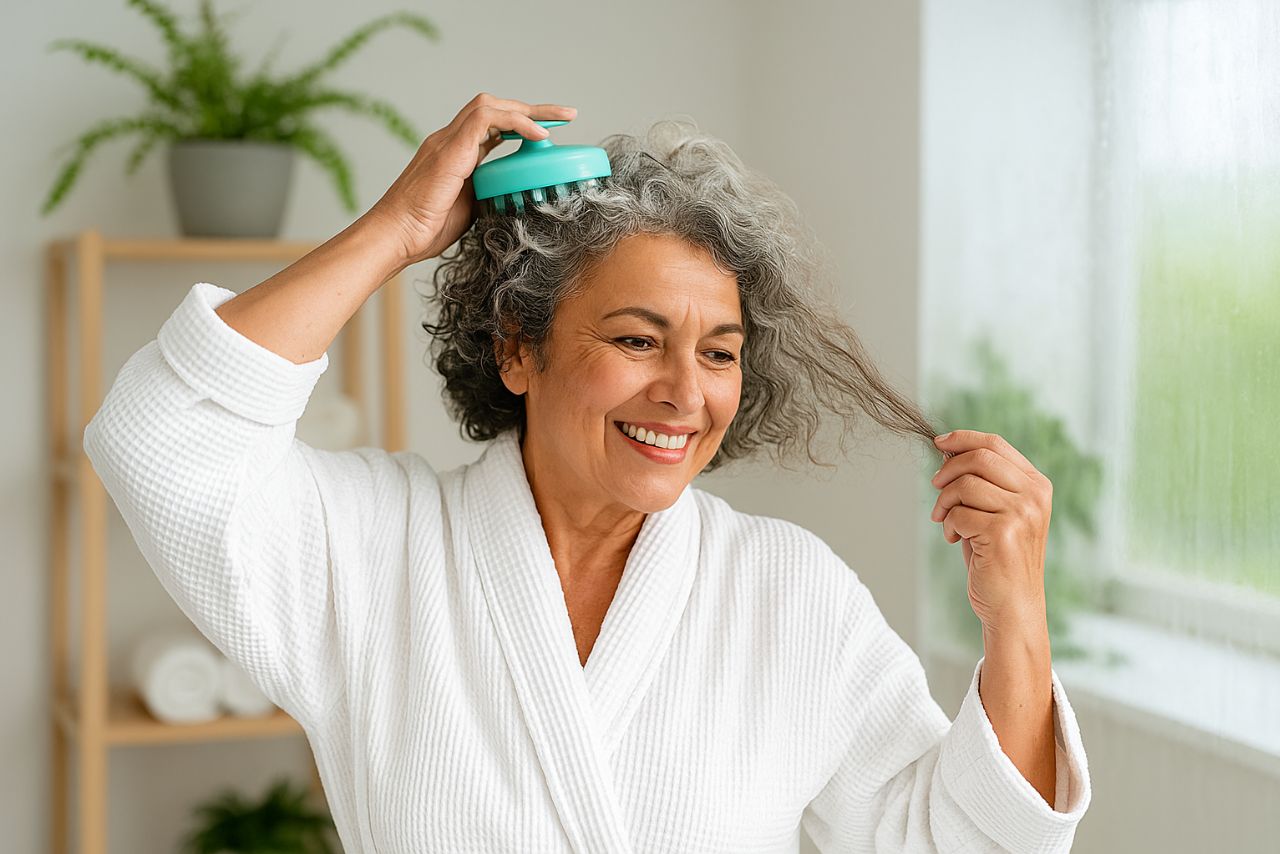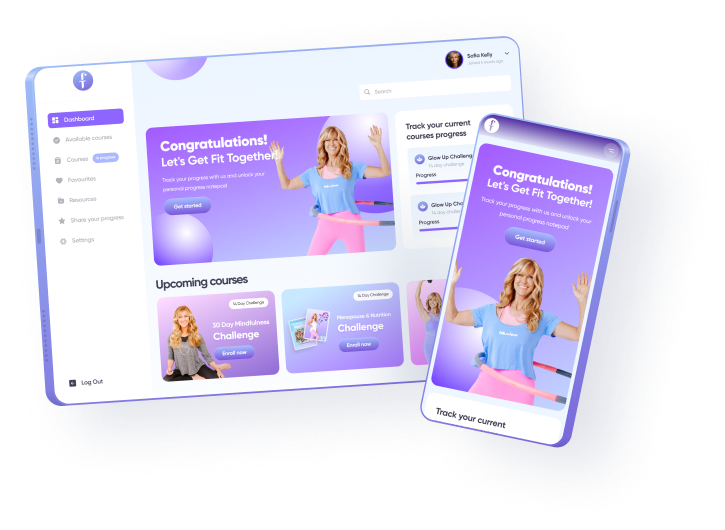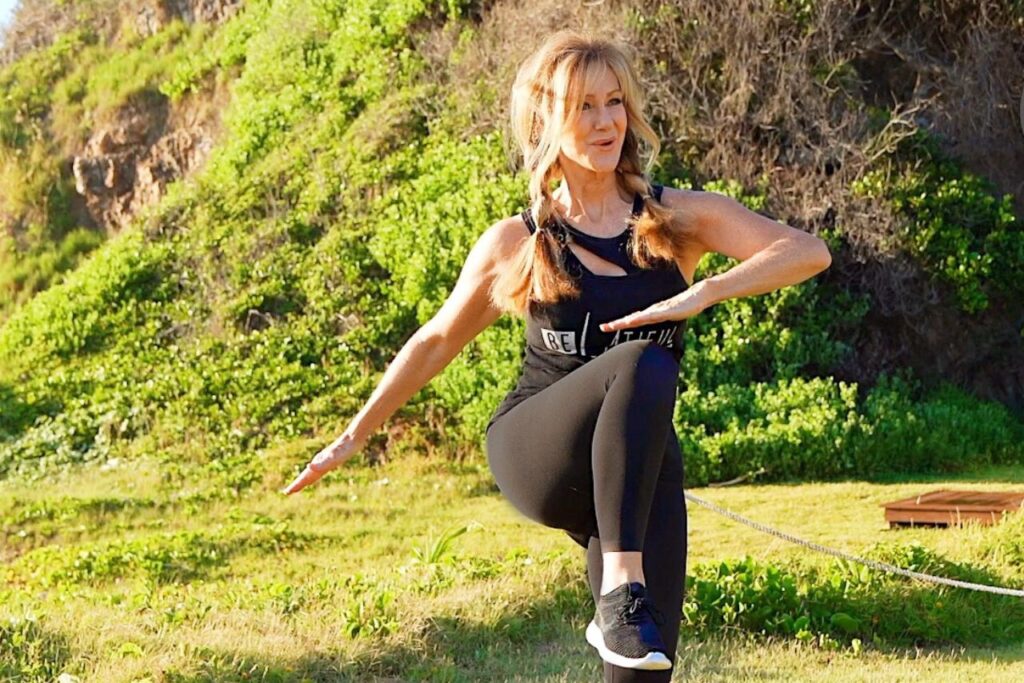
Want to know what kind of exercise will help you feel better if you have depression? Along with professional treatments like therapy and medication, more and more research shows that exercise can have a huge effect on improving depression symptoms.
In addition to making you healthier overall, being active has a big effect on your mood, energy level, and mental health.
Whether it’s cardio, strength training, yoga, or a combination of exercises, the research points to the most effective strategies to enhance mental health.
Let us explore what some research revealed as the best exercises for fighting depression and how to get the most out of your workouts to improve your health and mood.
How Exercise Can Boost Your Mood
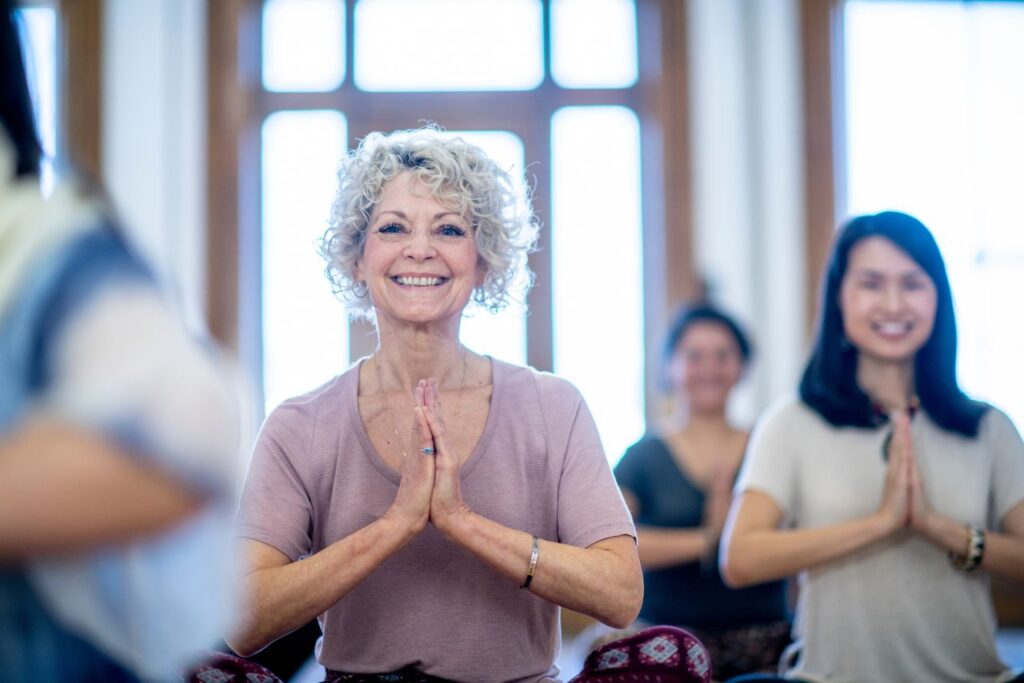
If you have ever had depression, anxiety or a bad mood, you know how frustrating it is to want to feel better but not know how to begin.
Exercise is increasingly recognized as a powerful tool for combating these feelings. When engaging in physical activity, the body releases endorphins, known as “feel-good” chemicals, which help alleviate pain and enhance positive feelings.
Additionally, exercise increases levels of serotonin and dopamine, two key neurotransmitters responsible for mood regulation. These biochemical changes create an immediate impact on improving emotional well-being and combating feelings of depression or anxiety.
A recent large-scale meta-analysis of more than 128,000 people looked at how different types of exercise affect mood. Aerobic exercises, strength training, yoga, and even mind-body practices like Tai Chi and Qigong were all part of the study.
The study found that all kinds of exercise can help people who are depressed and anxious. The body’s response to physical activity is responsible for this mood boost.
Exercise also triggers the release of hormones like cortisol, which initially spikes during a workout but later stabilizes at lower levels, helping to reduce overall stress. Regular exercises for fighting depression help people relax and think clearly, making it easier to handle daily stressors.
Brain-derived neurotrophic factor (BDNF) released during exercise improves neuron connections and raises serotonin and dopamine levels, which improve mood.
Whether you are a newbie or a regular, exercise can improve your mental health. If you’re a beginner, focus on consistency and choose activities you enjoy.
If you are more experienced, incorporate a balanced mix of aerobic and strength training to improve your mental and physical health.
With a lot of research to back it up, this method is a powerful natural way to deal with depression and anxiety.
The Best Type of Exercises For Fighting Depression

Another recent study by the BMJ examining the effects of exercise on depression involved 14,170 participants from various countries, all of whom were either clinically diagnosed or self-reported as depressed.
The researchers compared the impact of exercise to established treatments like SSRIs and cognitive behavioral therapy, as well as other control conditions such as social support and placebo treatments.
The study also included a waitlist control group to serve as a benchmark for untreated participants. Researchers recorded variables such as exercise frequency, intensity, type, and duration while factoring in age, sex, the presence of other conditions, and the severity of depression.
The study evaluated the mental health effects of several types of physical activity, including dance, cycling, aerobic exercises, strength training, tai chi or qigong, walking or jogging, and others.
It found that dance led to the largest reduction in depression symptoms, while walking, yoga, strength training, and mixed aerobic exercises showed moderate reductions. The findings emphasized that higher-intensity exercises generally produced better results, though even low-intensity activities like walking and yoga were still beneficial.
Results varied by demographic, with strength training proving more effective for women and younger participants, while yoga and qigong were particularly beneficial for men and older individuals. Interestingly, group exercise was generally not more effective than individual exercise, with the exception of yoga.
Additionally, combining strength training with aerobic exercise was more effective for individuals than in group settings.

Best Exercise Frequency and Intensity for Depression
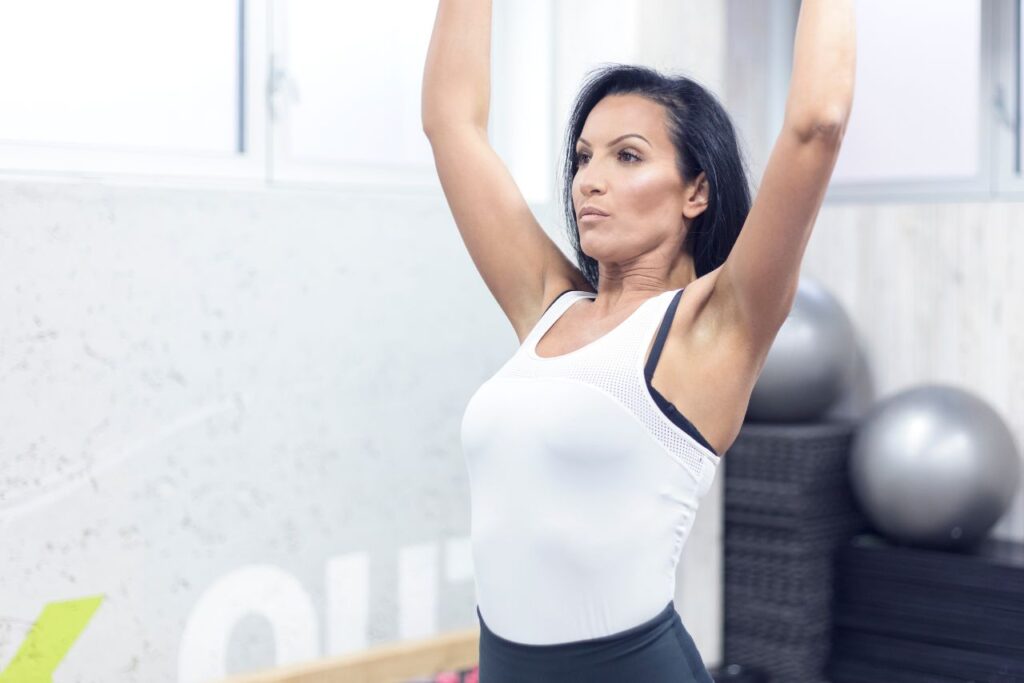
When it comes to using exercise to help manage depression, finding the right balance of frequency and intensity is key.
For women over 50, it’s recommended to aim for about 30 minutes of moderate exercise on most days of the week, ideally around 4 to 5 days.
Moderate exercise, like brisk walking or light jogging, can help boost your mood without putting too much strain on your body.
In terms of intensity, moderate workouts are usually enough to see improvements in mood. You should be able to talk during the exercise, but it might be a little hard to carry on a full conversation.
For those who feel up to it, higher-intensity workouts like strength training or cycling a few days a week can bring even more benefits for reducing symptoms of depression.
However, it’s important to listen to your body and not push too hard, especially if you’re just starting out.
Consistency is more important than intensity, so it’s better to do regular, moderate workouts rather than overdoing it and feeling too tired or sore to continue.
Even simple activities like yoga, walking, or swimming can make a big difference when done regularly. The goal is to stay active and find exercises you enjoy, which can help lift your mood and improve your overall well-being.
READ ALSO: 4 Best Strength Exercises To Do Regularly in Your 50s
How to Measure Your Exercise Intensity
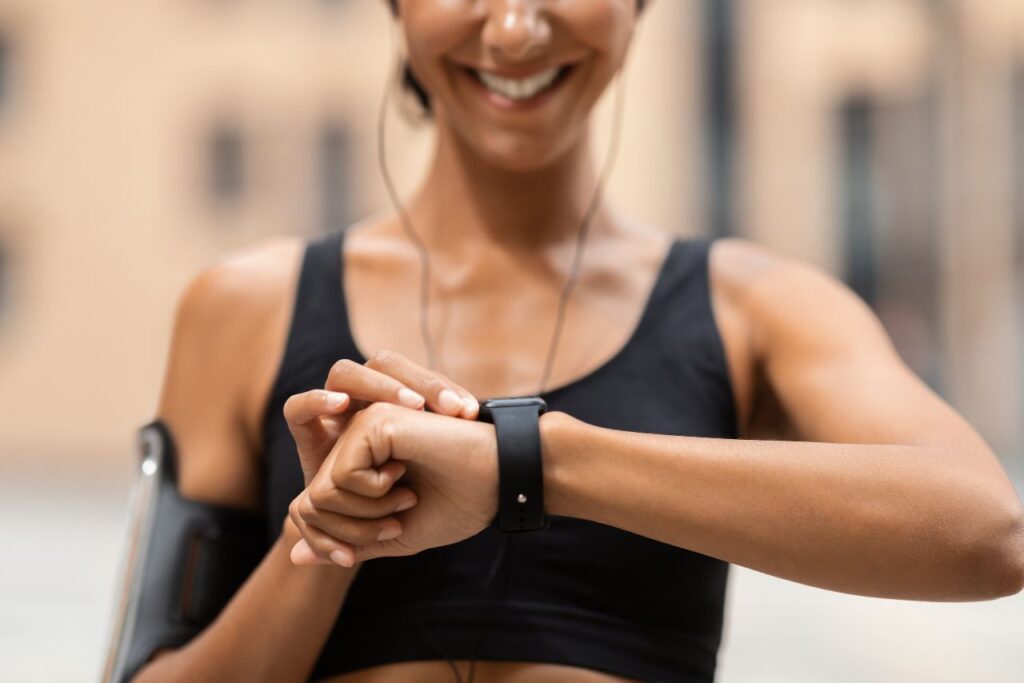
Measuring your exercise intensity is important to ensure you’re getting the most out of your workout, especially for women over 50. A simple way to track this is to use the talk test.
If you can talk but can’t sing while exercising, you’re working at a moderate intensity. If you can only say a few words before needing to catch your breath, you’re at a vigorous intensity. This is an easy method to use without needing any special equipment.
Checking your heart rate is another way to measure your intensity. For moderate exercise, aim for 50-70% of your maximum heart rate, while vigorous exercise should be 70-85%.
To find your maximum heart rate, subtract your age from 220. For example, if you’re 57, your maximum heart rate would be around 163 beats per minute (bpm).
Use a fitness tracker or pause during your workout to check your pulse for accuracy.
Don’t forget to pay attention to how your body feels. Moderate intensity might make you feel a little sweaty and slightly out of breath, but you are still comfortable. With vigorous activity, your heart will pump faster, and it will be harder to talk.
Listening to your body’s signals is one of the best ways to keep your workouts safe and effective.

Closing Thoughts
A regular exercise routine is one of the best ways to boost your mood and improve your mental health as a whole.
There are many, many benefits to being active, such as releasing chemicals that make you feel good, lowering stress, improving sleep, and making new friends.
Research shows that exercises for fighting depression can be powerful, with activities like dance, walking, yoga, and strength training offering significant benefits.
These exercises not only improve physical health but also help release chemicals in the brain that boost mood and reduce stress. Whether it’s high-intensity workouts like strength training or more calming activities like yoga, each form of exercise has been shown to help manage symptoms of depression.
When choosing exercises, consistency and fun are the most important things to remember. Whether you prefer dancing, walking, or lifting weights, sticking to a regular routine that you enjoy can make a big difference in how you feel.
You can make a big difference in your mental and physical health by making exercise a regular part of your life.
♡ Love ♡,
Schellea.
Ready to say goodbye to that stubborn body fat? Join our exclusive 14-Day Lose Belly Fat Challenge designed for women over 50 to help you slim down, boost your energy, and feel your best.
With simple exercises, a balanced meal plan, and stress-relieving practices, you’ll see results in no time!
Don’t miss out! Join challenge now and start your journey to a toned and lean body.




